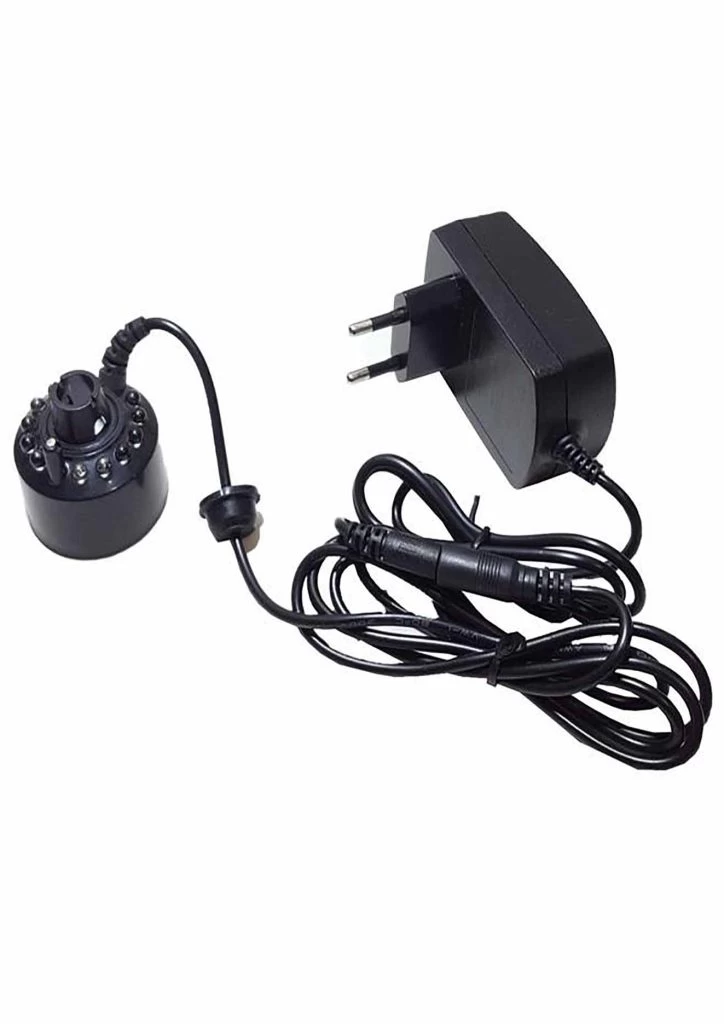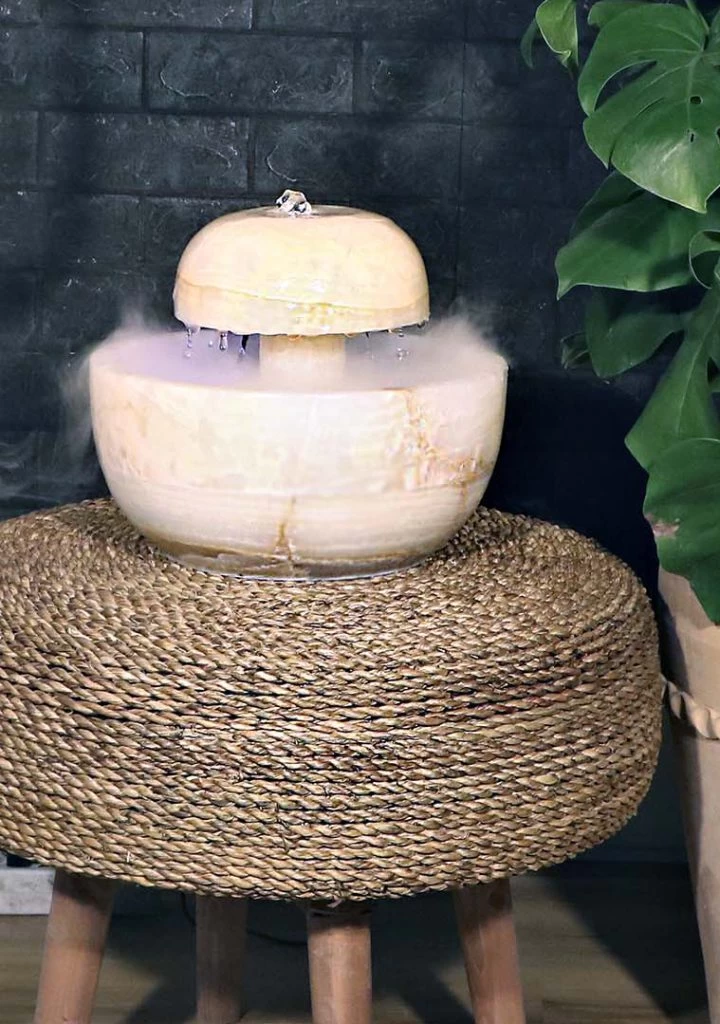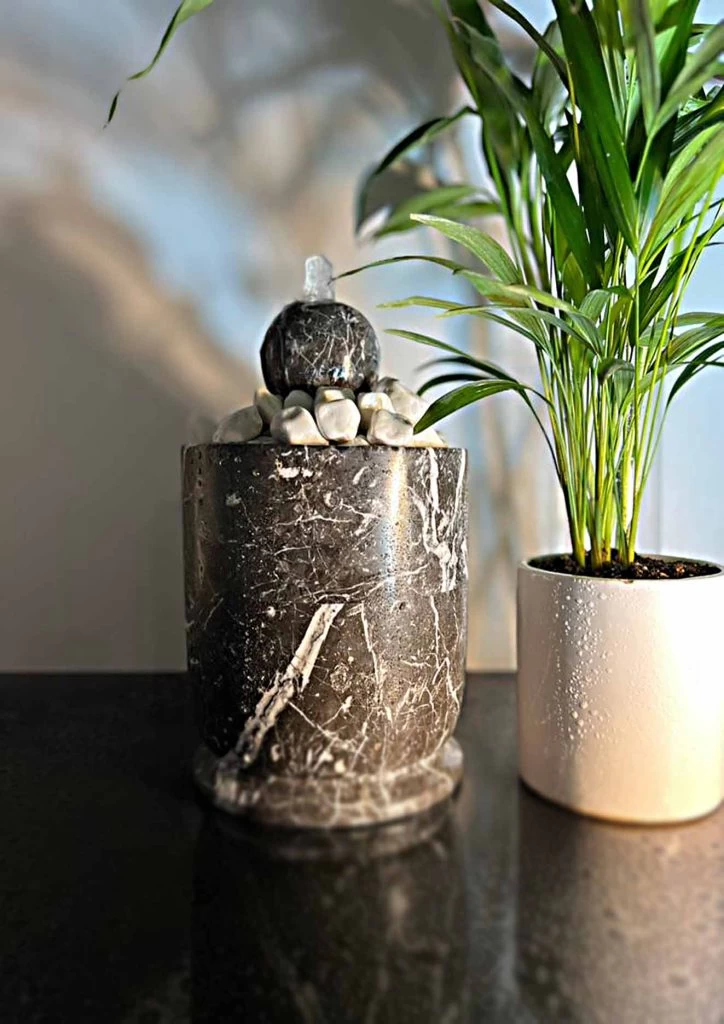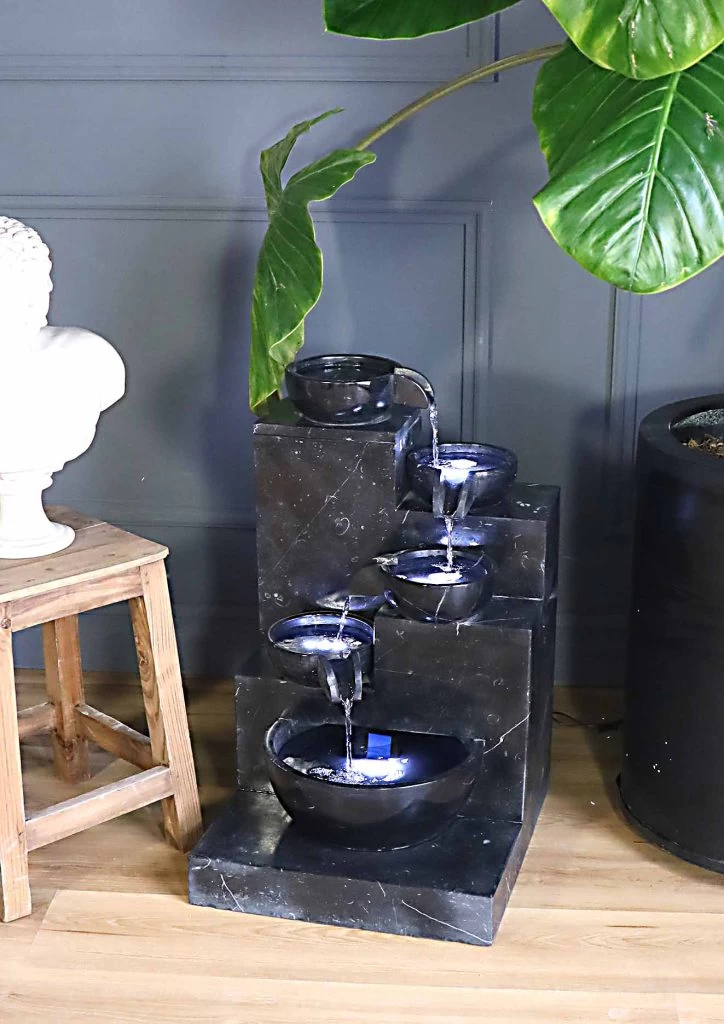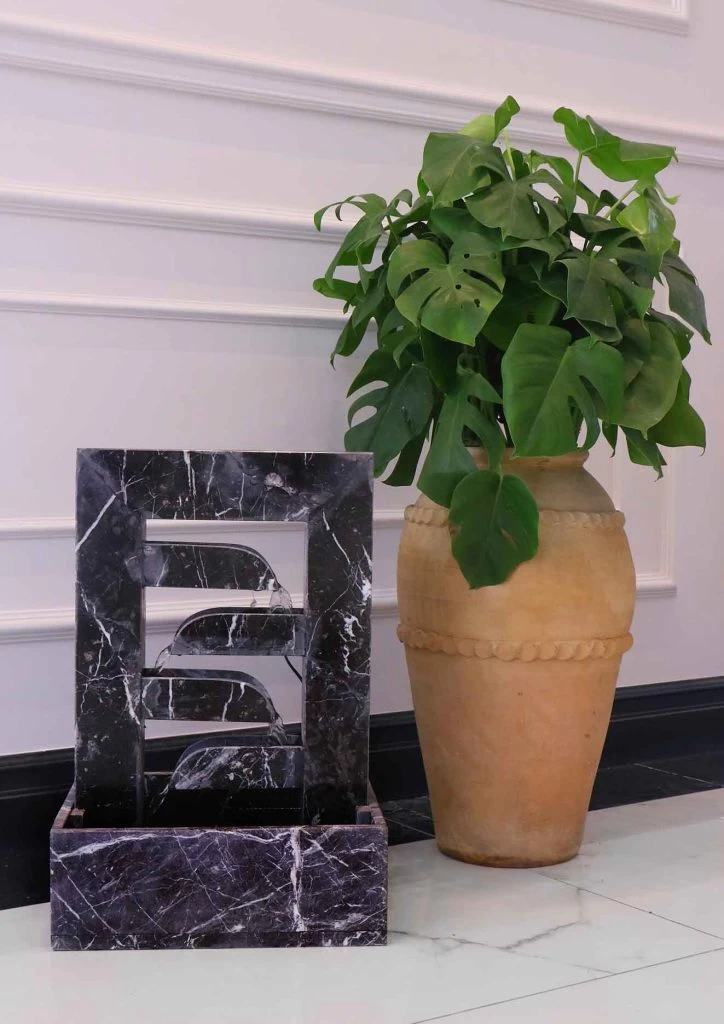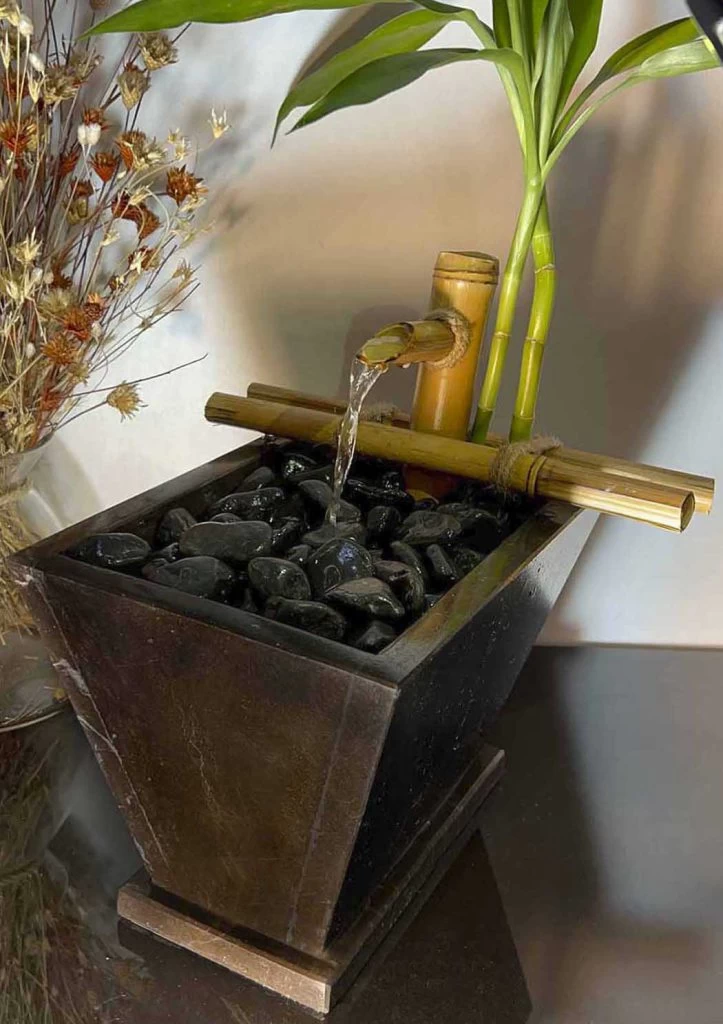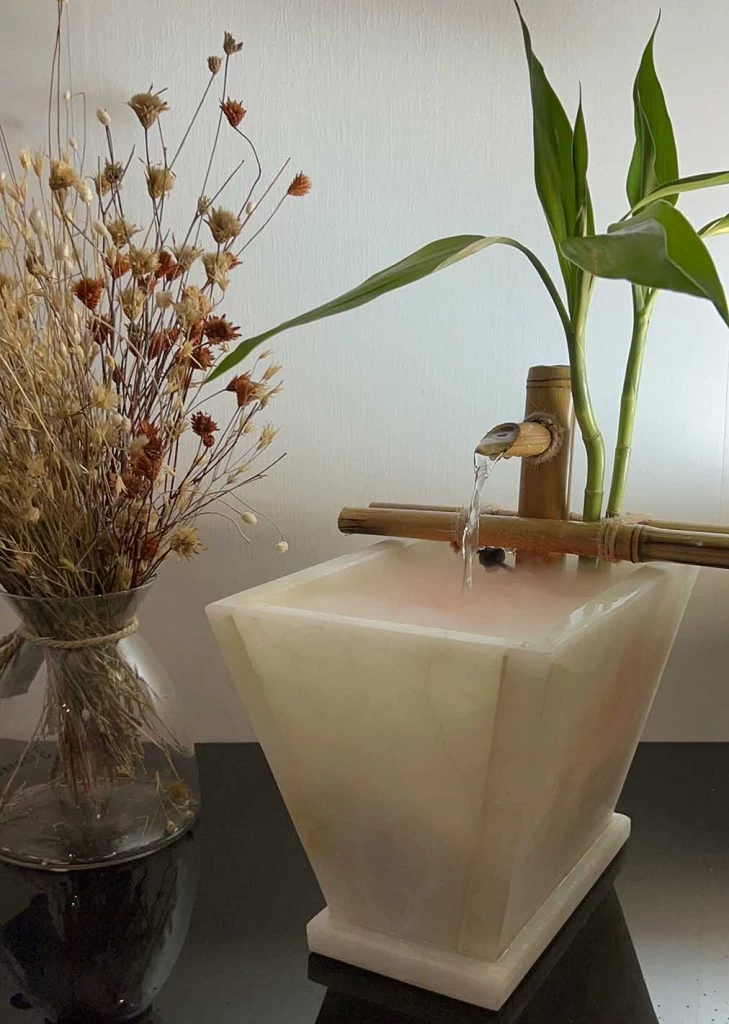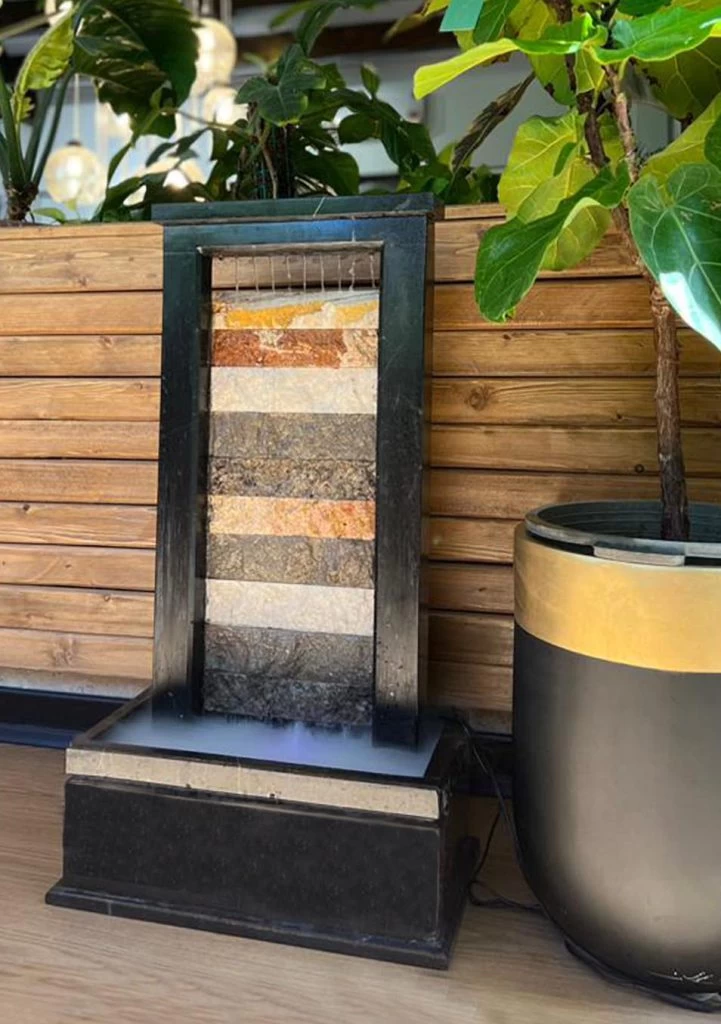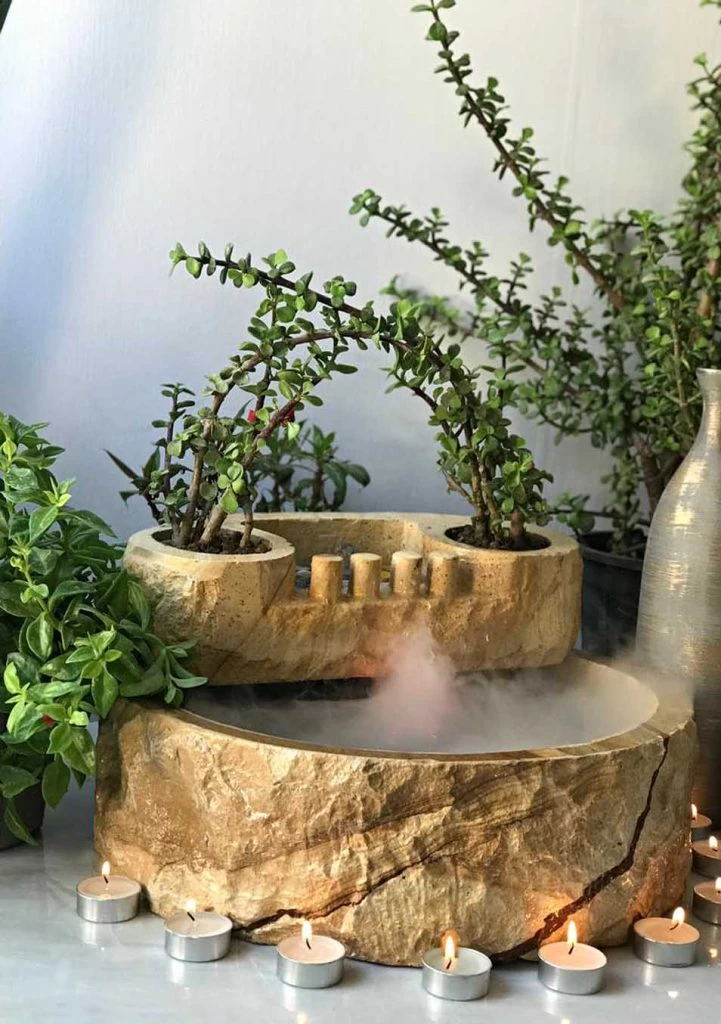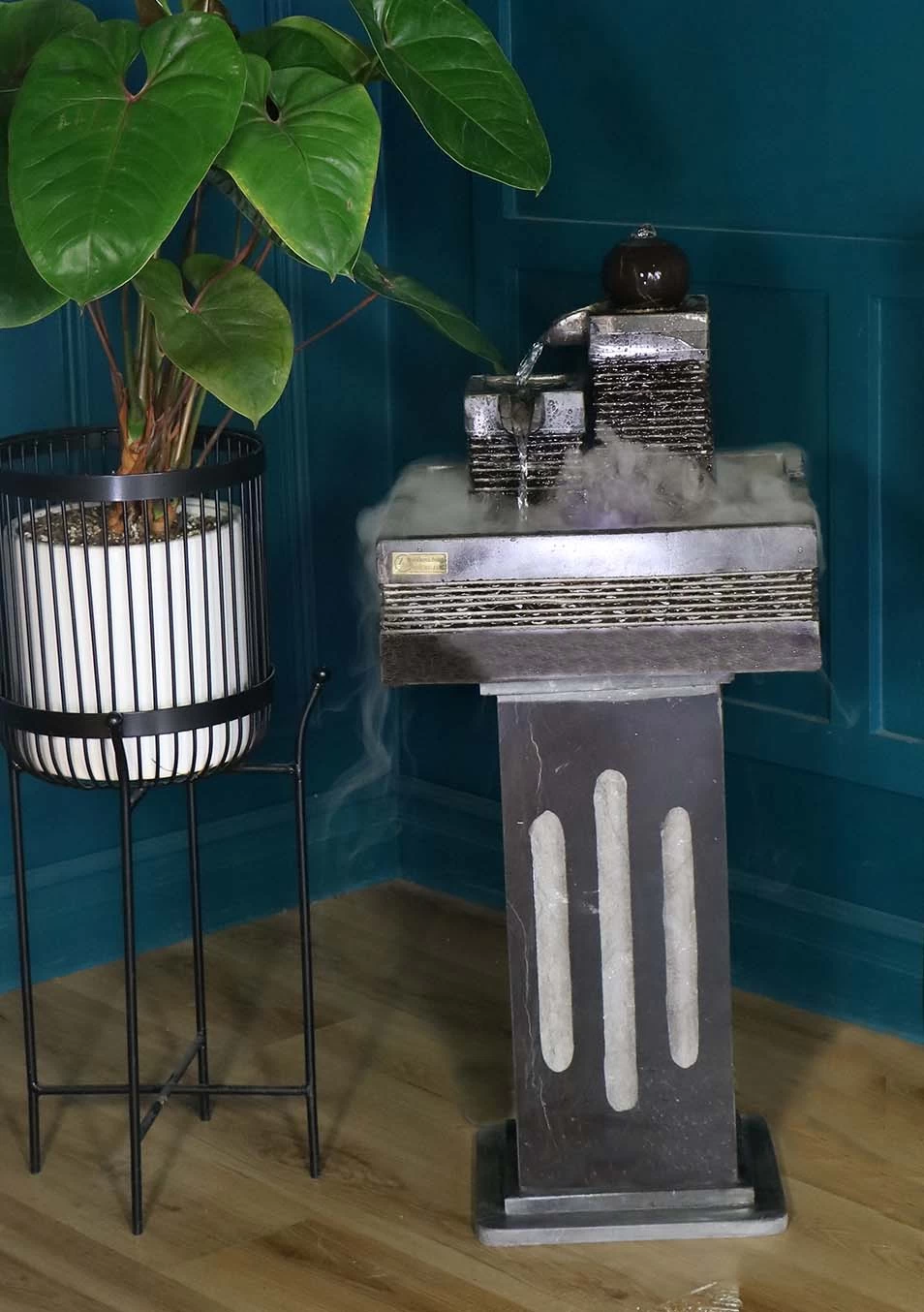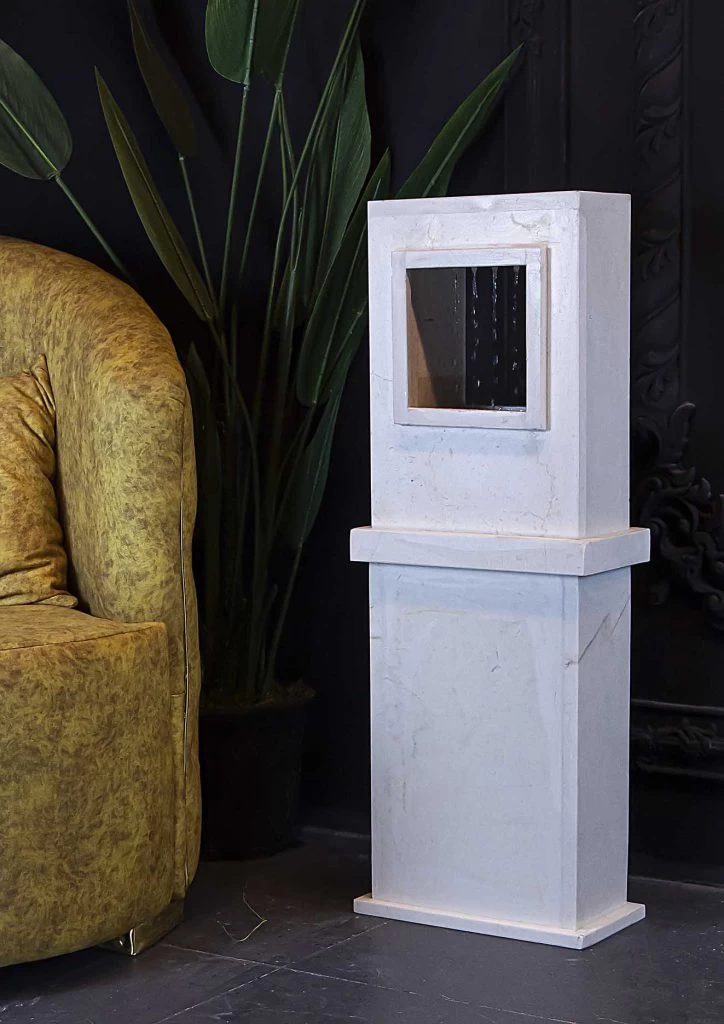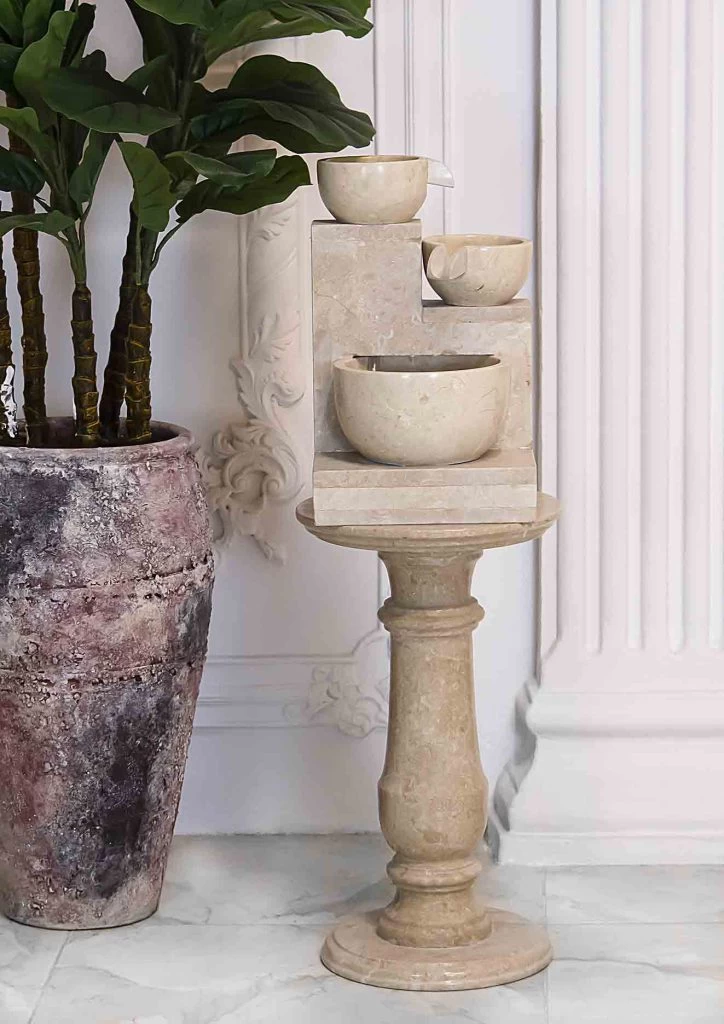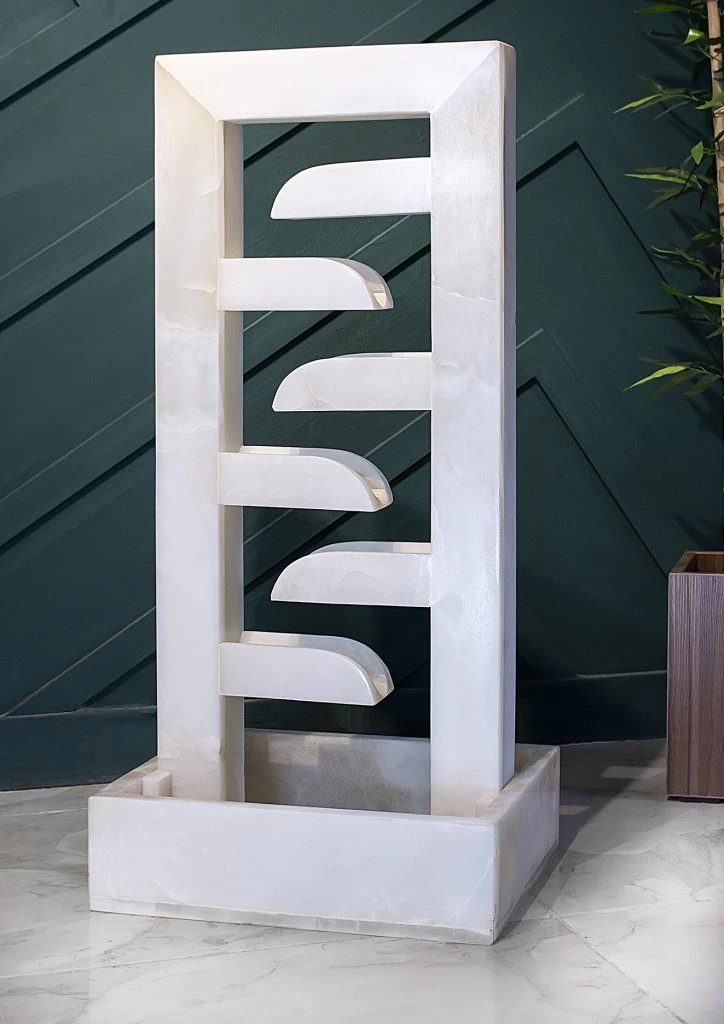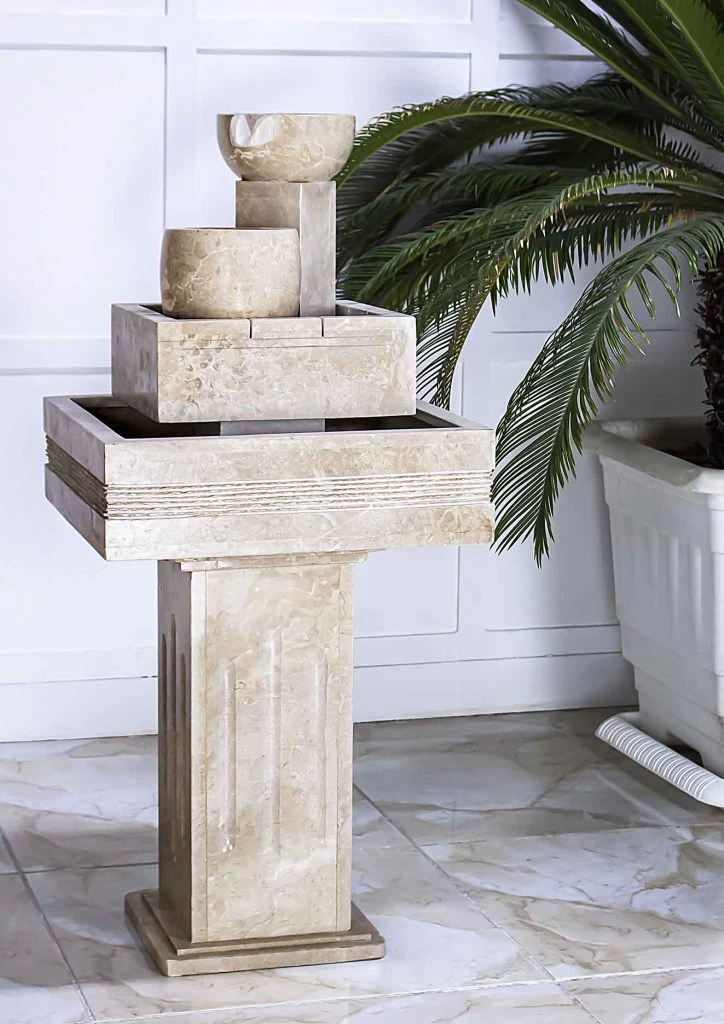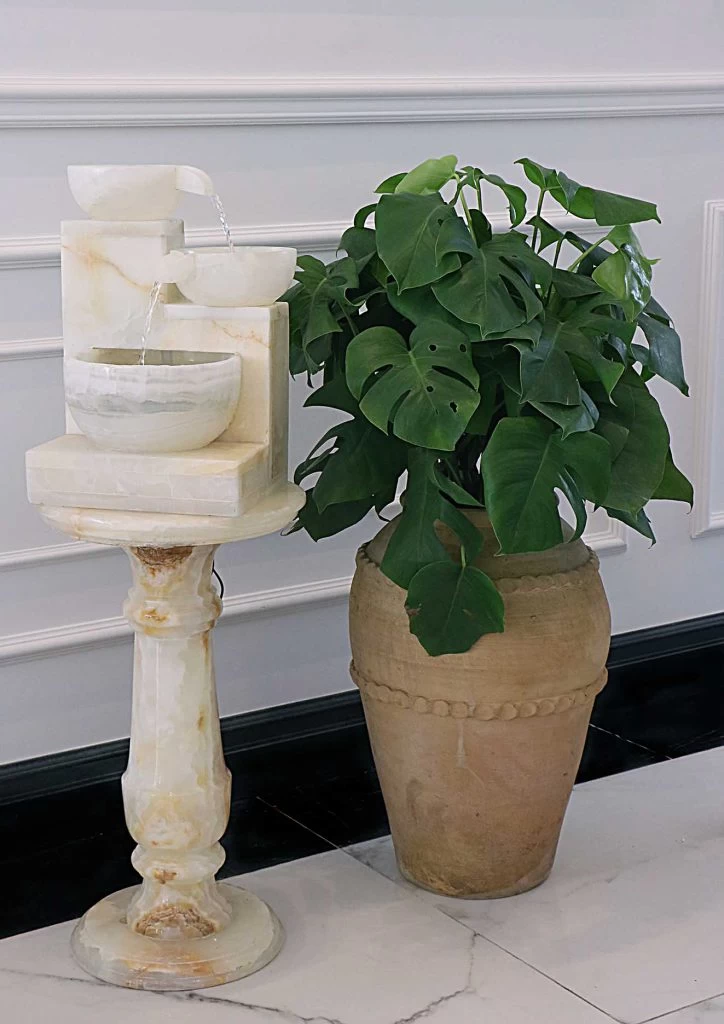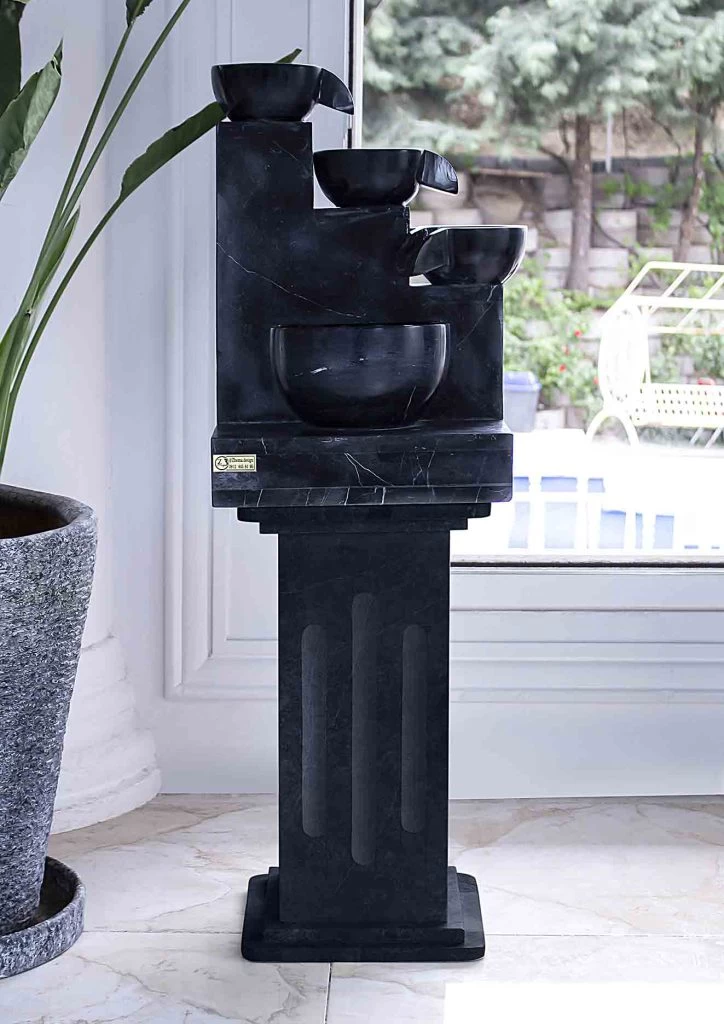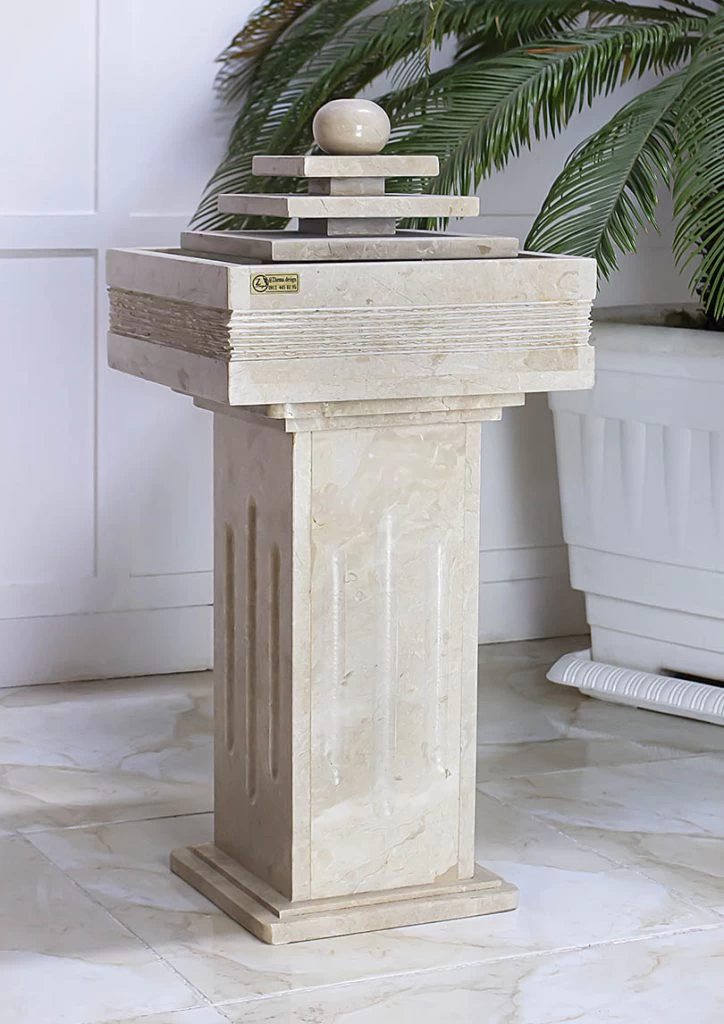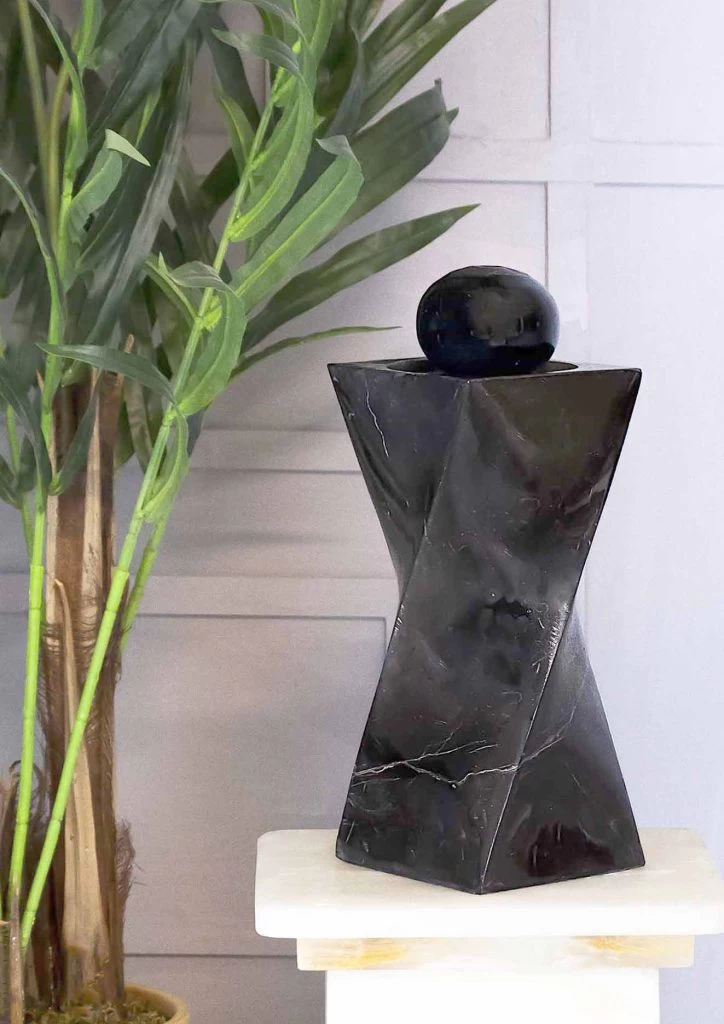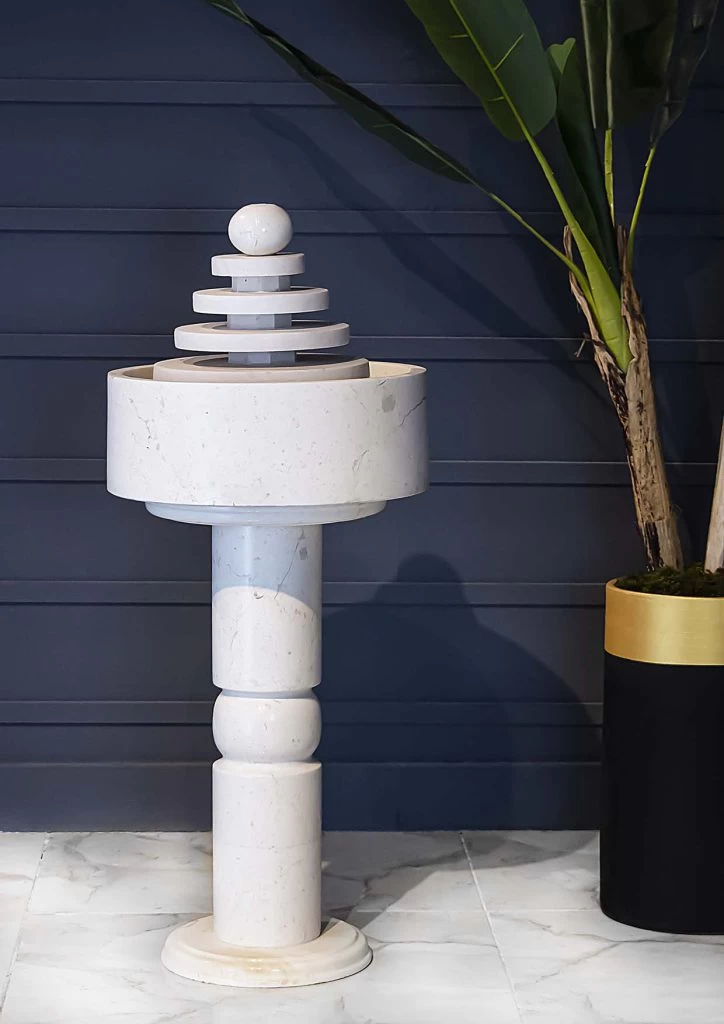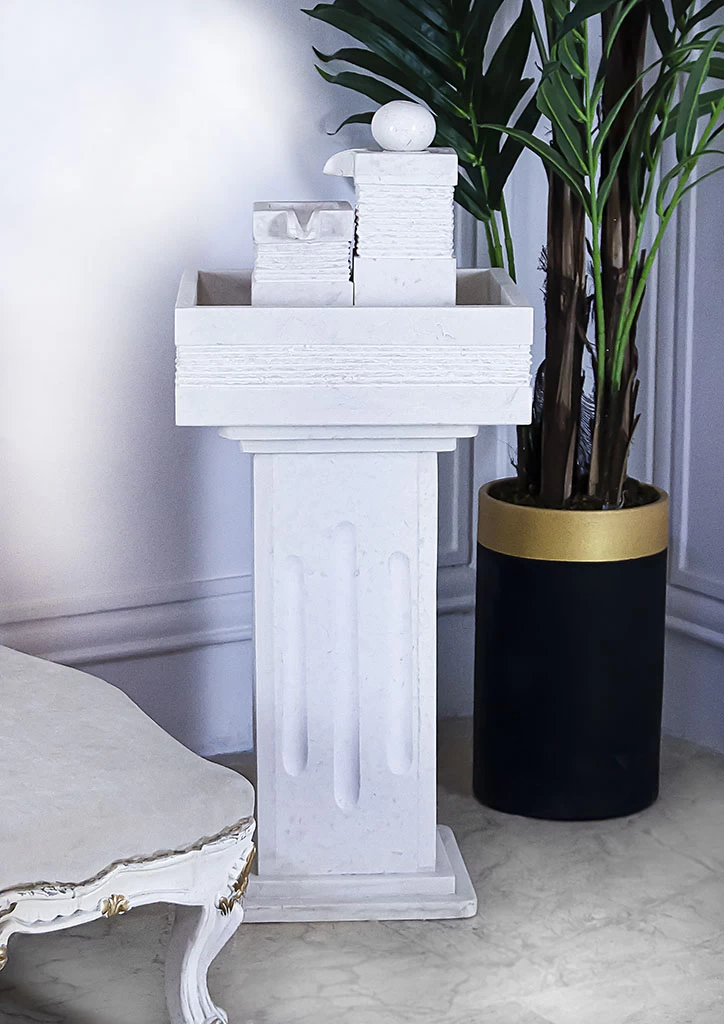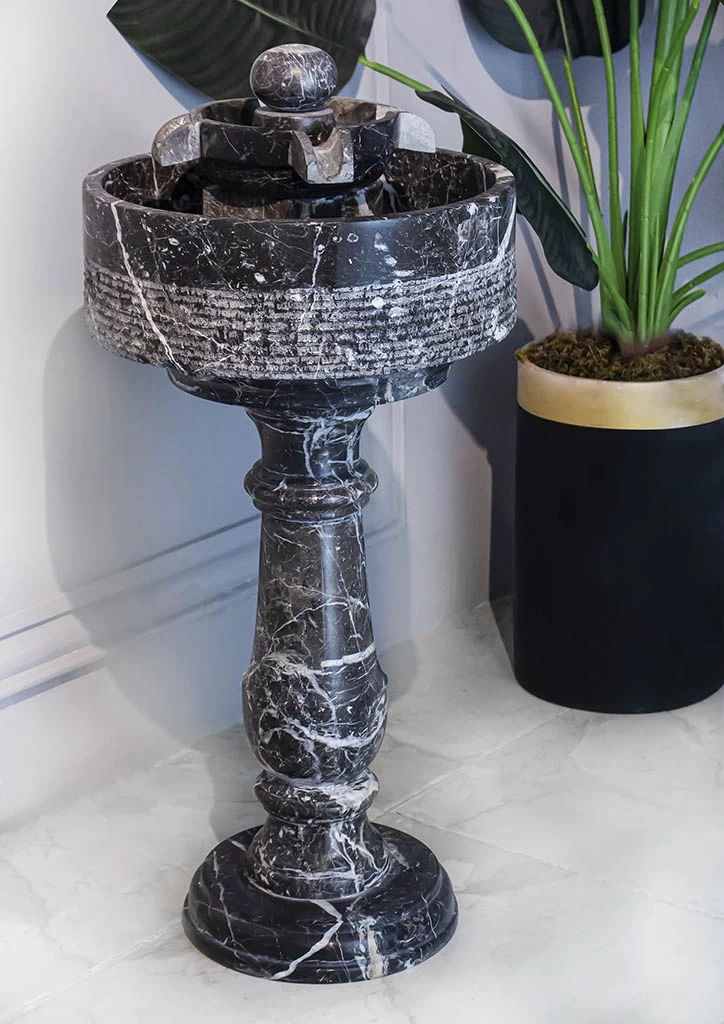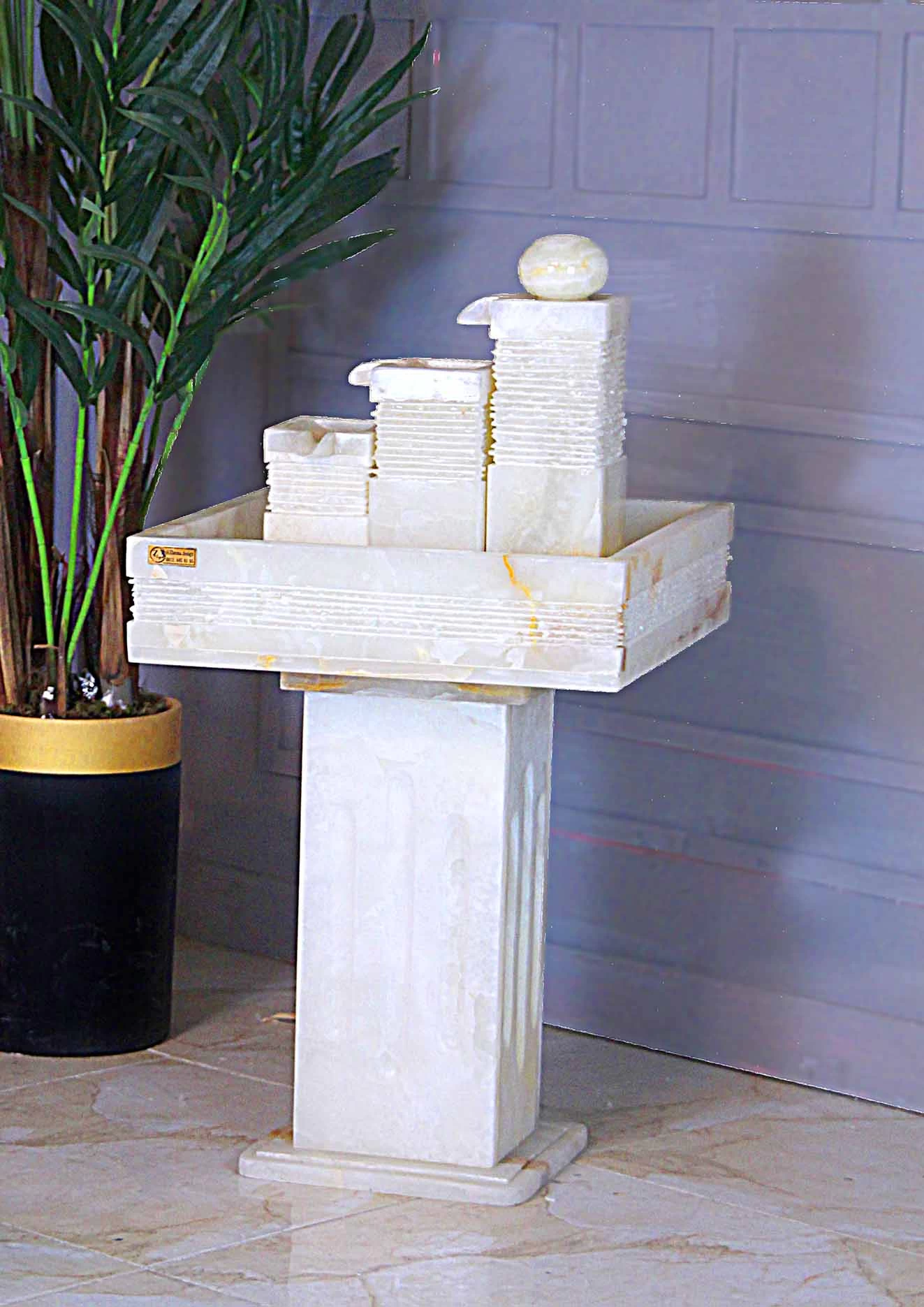stone fountain
A stone fountain is a beautiful and captivating water feature that has been admired and utilized for centuries.
It combines the natural beauty of stone with the soothing and mesmerizing effects of flowing water, creating a harmonious and tranquil atmosphere in various settings, such as gardens, parks, courtyards, and even indoor spaces.
The design of a stone fountain can vary greatly, ranging from simple and understated to elaborate and ornate, depending on the desired aesthetic and the surrounding environment. It typically consists of a basin or pool that holds the water, a central structure or column from which the water flows, and a base or pedestal that supports the entire fountain.
One of the primary advantages of a stone fountain is its durability and longevity. Stone is a robust and enduring material, capable of withstanding the test of time and the elements. Whether it is crafted from granite, marble, limestone, or another type of stone, a well-built stone fountain can retain its beauty and functionality for generations.
The sound of water cascading from a stone fountain is incredibly soothing and can have a calming effect on those nearby. The gentle trickling or bubbling sound creates a serene ambiance and helps drown out unwanted noise, making it an ideal addition to outdoor spaces where one seeks relaxation and tranquility.
Moreover, a stone fountain adds an element of aesthetic appeal to any environment. The natural textures, patterns, and colors of the stone enhance the visual appeal of the surroundings, creating a focal point and adding a touch of elegance and sophistication. Stone fountains can be designed to complement various architectural styles, from classical and traditional to contemporary and modern, making them versatile and adaptable to different settings.
In addition to their visual and auditory charm, stone fountains also have practical benefits. The flowing water helps to purify the air by releasing negative ions, which can have a positive impact on one's mood and overall well-being. The water also attracts birds and other wildlife, bringing a sense of liveliness and connection to nature.
_1711557672.jpg)
Maintenance of a stone fountain is relatively straightforward. Regular cleaning and upkeep are necessary to prevent the buildup of algae, debris, or mineral deposits. Depending on the climate and usage, occasional sealing or resealing may be required to protect the stone from weathering and ensure its longevity.
In conclusion, a stone fountain is a timeless and captivating water feature that combines the beauty of natural stone with the soothing effects of flowing water. Its durability, aesthetic appeal, and calming qualities make it a popular choice for enhancing the ambiance of various spaces, providing a serene and enchanting oasis for relaxation and contemplation.
A variety of stones can be used to make stone fountains, depending on the desired look, durability, and availability of materials. Some common types of stone used for creating stone fountains include:
1. Granite: Granite is a popular choice due to its durability and resistance to weathering. It comes in a wide range of colors and textures, making it versatile for different fountain designs.
2. Marble: Marble is known for its elegance and beauty. It is available in various colors and patterns, and its smooth surface can give a fountain a sophisticated and refined look.
3. Limestone: Limestone is a sedimentary rock that is often used for creating stone fountains. It is relatively soft compared to granite or marble, but it can still be durable and aesthetically pleasing. Limestone fountains can have a more rustic or natural appearance.
4. Sandstone: Sandstone is a sedimentary rock with a grainy texture. It is available in a range of earthy tones and can add a warm and organic feel to a stone fountain.
5. Travertine: Travertine is a type of limestone that has a distinctive porous texture. It is commonly used for both indoor and outdoor stone fountains, as it has a unique and timeless appeal.
Regarding the use of stone fountains as home furniture, while they are not typically considered furniture in the traditional sense, they can certainly be incorporated into home decor. Stone fountains can be installed in various areas of a home, such as gardens, patios, or indoor atriums, to enhance the visual appeal and create a serene atmosphere. They can serve as a stunning focal point or a calming backdrop to living spaces, adding a touch of elegance and natural beauty.
_1711557697.jpg)
A stone fountain is typically considered as garden furniture rather than home furniture. Garden furniture refers to outdoor furniture specifically designed for use in gardens, patios, or other outdoor spaces. It includes items such as outdoor seating, tables, loungers, hammocks, and decorative elements like fountains.
A stone fountain is designed to be placed in an outdoor setting, such as a garden, courtyard, or landscaped area, where it can be enjoyed amidst nature. Its purpose is to enhance the aesthetic appeal of the outdoor space, create a focal point, and provide a soothing and tranquil atmosphere with the sound of flowing water.
While it is possible to incorporate a smaller stone fountain into certain indoor spaces, such as an atrium or a large foyer, it is more commonly used as an outdoor feature. Its size, design, and water flow are typically better suited for open-air environments.
Therefore, while a stone fountain can certainly add beauty and charm to a garden or outdoor area, it is not typically considered as furniture for the interior of a home.
Stone fountains can be exported through transshipment, which involves transferring the goods from one means of transportation to another during the shipping process.
Exporting stone fountains may be subject to specific rules and regulations, depending on the countries involved. These rules can vary and may include requirements related to documentation, permits, customs procedures, and compliance with international trade agreements.
Exporters of stone fountains should research and comply with the export regulations of both the country of origin and the destination country to ensure a smooth and legal export process.
Documentation such as commercial invoices, packing lists, export licenses, and certificates of origin may be required for stone fountain exports.
Certain countries may have restrictions or bans on the export of certain types of stone or specific designs of fountains due to cultural heritage or environmental preservation concerns.
It is important to consider packaging and shipping methods that ensure the safe transportation of stone fountains, as they can be heavy and fragile. Proper packaging and handling can help prevent damage during transit.
Exporters may need to engage freight forwarders or shipping agents with expertise in international trade to assist with logistics and compliance with export regulations.
Exporting stone fountains may also involve considerations such as insurance coverage, payment terms, and incoterms (international commercial terms) that define the responsibilities of the buyer and seller during the export process.
Adhering to export regulations and proper documentation is crucial to avoid delays, penalties, or legal issues.
Exporters should stay updated on any changes in export regulations and seek guidance from relevant trade authorities or professionals to ensure a successful and compliant export of stone fountains.
_1711557672.jpg)
_1711557697.jpg)
A stone fountain is typically considered as garden furniture rather than home furniture. Garden furniture refers to outdoor furniture specifically designed for use in gardens, patios, or other outdoor spaces. It includes items such as outdoor seating, tables, loungers, hammocks, and decorative elements like fountains.
FAQs
What are the different types of natural stone commonly used to create stone fountains?
Granite, marble, limestone, and sandstone are commonly used natural stones for creating stone fountains.
How can a stone fountain enhance the visual appeal and ambiance of outdoor spaces?
A stone fountain enhances outdoor spaces by adding visual beauty and creating a serene ambiance with the soothing sounds of flowing water.
What are the practical benefits of having a stone fountain, apart from its aesthetic value?
Practical benefits of a stone fountain include air purification, attracting wildlife, and creating a calming atmosphere.
What are some important considerations when exporting stone fountains, including rules and regulations that exporters should be aware of?
Exporters should be aware of documentation requirements, customs procedures, and compliance with international trade regulations when exporting stone fountains.
 +7929688-88-14
+7929688-88-14

 English
English
 Persian
Persian
 Russian
Russian
 Chinese
Chinese


 +7929688-88-14
+7929688-88-14

